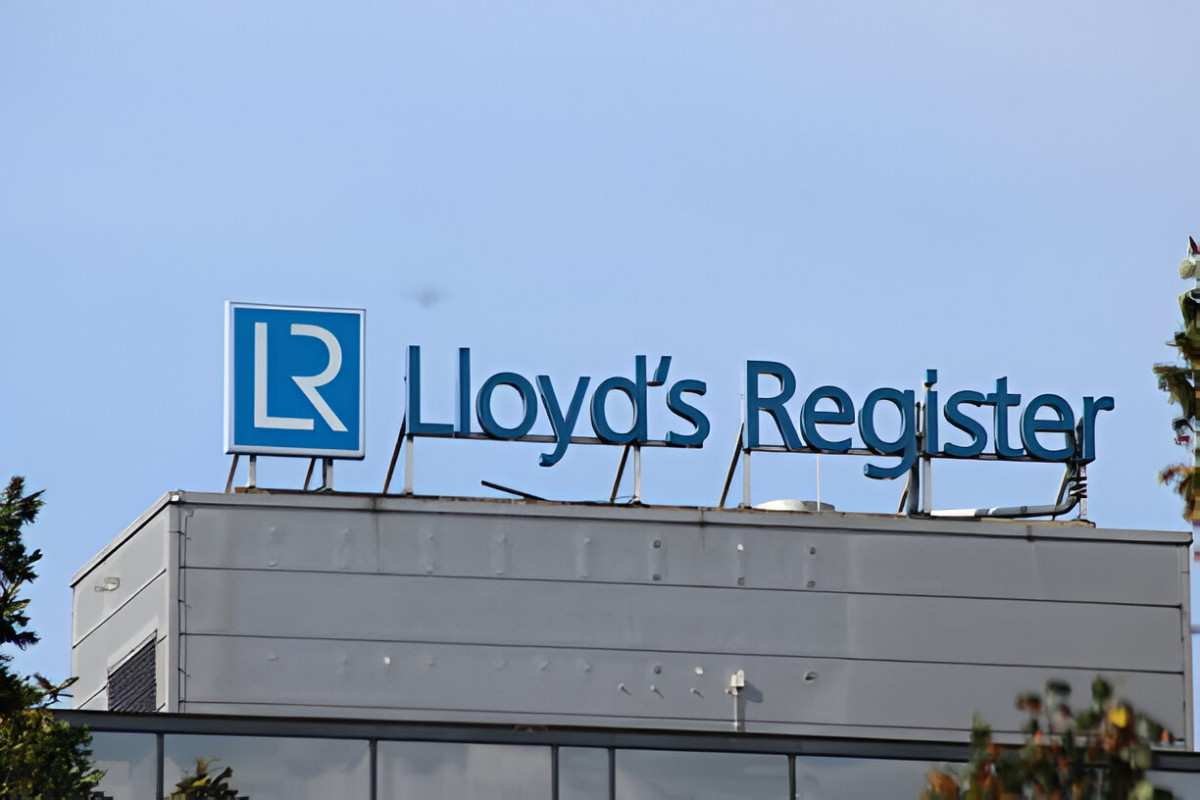When I first delved into the realm of maritime finance and insurance, one name kept resurfacing: Lloyd’s Register of Shipping. It plays a role that’s both historical and contemporary, deeply embedded in international trade, naval architecture, regulatory compliance, and the global shipping economy. Through this guide, I’ll take a deep dive into what Lloyd’s Register of Shipping is, how it works, and why it matters, particularly from a financial and regulatory lens in the United States.
Table of Contents
What Is Lloyd’s Register of Shipping?
Lloyd’s Register of Shipping (LR) is a technical and business services organization and a maritime classification society, established in London in 1760. It began by providing ship classification and certification services and now extends its reach to a range of industries including energy, oil and gas, and even software assurance. At its core, however, LR remains focused on promoting safety, environmental protection, and performance standards for ships and offshore structures.
In practice, classification means LR ensures ships are constructed and maintained according to standards that mitigate risk and optimize operational safety. This impacts everything from vessel design to maintenance cycles. These standards are known as “Rules for the Classification of Ships,” and they often form the basis of marine insurance underwriting.
The U.S. Connection: Why It Matters Here
As someone based in the U.S., I see Lloyd’s Register as more than a European entity. Many vessels that carry goods into American ports are classified by LR. Moreover, U.S.-based insurers, port authorities, and shipping firms rely on LR’s classification when evaluating risk, planning logistics, or ensuring compliance with federal regulations like those from the U.S. Coast Guard (USCG) or MARAD (Maritime Administration).
Given that over 90% of global trade moves by sea, and the U.S. is one of the largest importers and exporters globally, the accuracy and integrity of LR’s assessments have broad implications. When an LR-classified vessel docks in Los Angeles or Houston, I know that vessel has met some of the highest technical standards in the world.
Classification vs. Certification: Understanding the Distinction
It’s easy to confuse these two concepts, but they serve different purposes. Classification is voluntary and tied to technical safety and design standards. Certification, on the other hand, is often mandatory and linked to regulatory compliance.
| Feature | Classification (by LR) | Certification (by Flag State or IMO) |
|---|---|---|
| Nature | Voluntary | Mandatory |
| Enforced By | Classification Society | Government or Flag State |
| Focus | Technical standards and safety | Legal compliance and conventions |
| Examples | Hull integrity, machinery testing | SOLAS, MARPOL, Load Line Certification |
For example, while LR may classify a ship based on its engine performance, the U.S. Coast Guard might certify it under MARPOL rules concerning pollution control.
LR’s Role in Marine Insurance
From a finance perspective, Lloyd’s Register is deeply intertwined with marine insurance. Insurers often require vessels to maintain a valid classification certificate from a recognized society like LR. Without it, premiums can skyrocket or coverage might be denied altogether.
Let’s consider a numerical example. Suppose a bulk carrier valued at $30 million seeks hull and machinery insurance. If it’s LR-classed, the underwriter might quote a premium of 0.75% of the insured value. If it’s unclassified, the rate might jump to 1.5% or more.
\text{Classed Premium} = 0.0075 \times 30,000,000 = 225,000 \text{ USD} \text{Unclassed Premium} = 0.015 \times 30,000,000 = 450,000 \text{ USD}The difference of $225,000 per year is significant, especially across a fleet.
Auditing and Surveys: The Lifecycle of a Ship
When a ship is being constructed or undergoes significant modifications, LR surveys it to ensure compliance with class rules. Once in operation, ships undergo periodic surveys:
- Annual Surveys: Check key machinery and safety features.
- Intermediate Surveys: Deeper inspections at 2.5 years.
- Special Surveys: Conducted every 5 years, including dry-docking.
Each successful survey updates the vessel’s classification status. If deficiencies are found and not rectified, classification can be suspended or withdrawn. This, in turn, affects the ship’s insurability and ability to secure cargo contracts.
Financial Implications for Shipowners and Operators
From an accounting perspective, LR classification can impact:
- Depreciation Schedules: Classed vessels often qualify for extended useful life assumptions.
- Impairment Testing: Classification status is a variable when assessing asset impairment.
- Financing Terms: Lenders often require LR classification as a covenant in loan agreements.
Let’s illustrate a depreciation case. Assume a vessel costs $50 million and has a 25-year useful life if classed, but only 20 years if not. Using straight-line depreciation:
\text{Classed Annual Depreciation} = \frac{50,000,000}{25} = 2,000,000 \text{ USD/year} \text{Unclassed Annual Depreciation} = \frac{50,000,000}{20} = 2,500,000 \text{ USD/year}That’s a $500,000 annual difference that affects net income and asset book value.
Environmental and Regulatory Impact
LR plays a critical role in helping ships comply with environmental standards, such as:
- Ballast Water Management Convention
- IMO 2020 Sulfur Cap
- Energy Efficiency Design Index (EEDI)
Compliance requires retrofitting, which costs money. LR often certifies these upgrades, and without their involvement, proving compliance to regulators becomes harder.
Digital Assurance and Cybersecurity
LR has expanded into digital assurance, verifying the cybersecurity readiness of maritime systems. With rising threats to ship control systems and logistics software, this is vital. From an insurer’s or investor’s standpoint, a ship with LR-approved digital compliance poses lower risk.
Comparison with Other Classification Societies
There are other societies like DNV (Norway), ABS (USA), and BV (France). Here’s how they compare:
| Society | Country | Focus Area Strength | Market Share (Est.) |
|---|---|---|---|
| Lloyd’s Register | UK | Engineering Rigor | 18% |
| DNV | Norway | Environmental Compliance | 25% |
| ABS | USA | Offshore & Naval Engineering | 20% |
| BV | France | Risk Assessment | 10% |
I prefer LR when working with clients who value technical documentation, historic performance, and risk transparency.
Future Outlook: Decarbonization and Green Financing
With ESG investing growing in the U.S., LR’s role is evolving. Green financing depends heavily on verification. If a ship wants to issue green bonds for retrofit projects, LR can verify that the funds go toward emissions-reducing technologies.
For example, a $10 million retrofit project can attract 2% lower interest if verified by LR. Over a 10-year bond, that could save:
That’s not just sustainability; that’s smart finance.
Conclusion
Lloyd’s Register of Shipping isn’t just a legacy organization. It influences costs, compliance, and confidence in global shipping. From where I stand, it serves as a linchpin connecting maritime engineering, regulatory frameworks, financial decisions, and global trade. Whether I’m advising clients on vessel acquisition or helping an insurer evaluate a risk, LR remains a name I trust.





